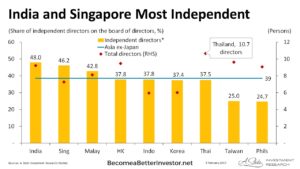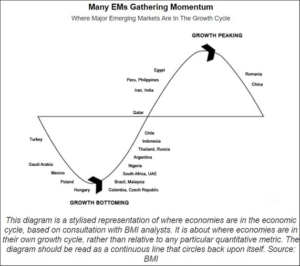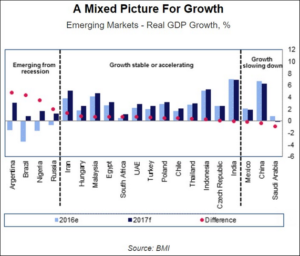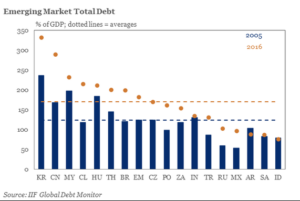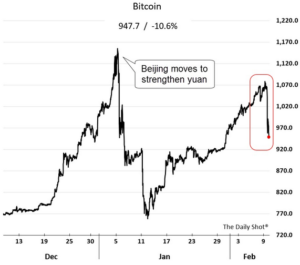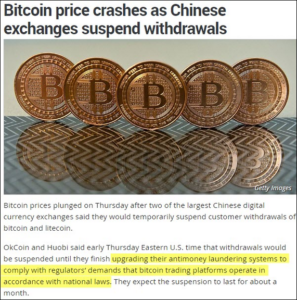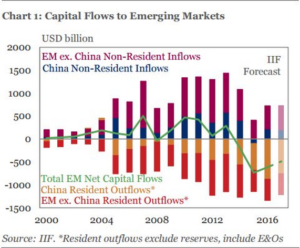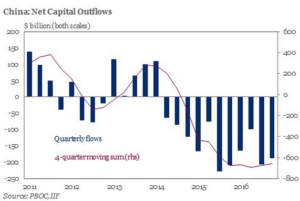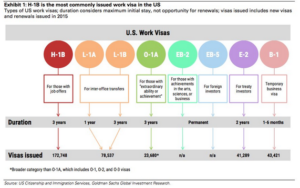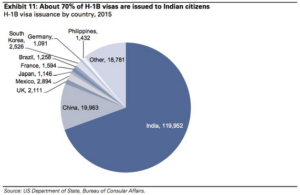Back in 1950, close to 30% of the global population lived in cities.
That since has shifted dramatically. By 2050, a whopping 70% of people will live in urban areas – some of which will be megacities housing tens of millions of people.
This trend of urbanization has been a boon to global growth and the economy. In fact, it is estimated today by McKinsey that the 600 top urban centers contribute a whopping 60% to the world’s total GDP.
SEVEN TYPES OF GLOBAL CITIES
With so many people moving to urban metropolitan areas, the complexion of cities and their economies change each day.
The Brookings Institute has a new way of classifying these megacities, using various economic indicators.
According to their analysis, here’s what differentiates the seven types of global cities:
1. Global Giants
These six cities are the world’s leading economic and financial centers. They are hubs for financial markets and are characterized by large populations and a high concentration of wealth and talent.
Examples: New York City, Tokyo, London
2. Asian Anchors
The six Asian Anchor cities are not as wealthy as the Global Giants, however they leverage attributes such as infrastructure connectivity and talented workforces to attract the most Foreign Direct Investment (FDI) out of any other metro grouping.
Examples: Hong Kong, Seoul, Singapore
3. Emerging Gateways
These 28 cities are large business and transportation hubs for major national and regional markets in Africa, Asia, Latin America, and the Middle East. While they have grown to reach middle-income status, they fall behind other global cities on many key competitiveness factors such as GDP and FDI.
Examples: Mumbai, Cape Town, Mexico City, Hangzhou
4. Factory China
There are 22 second and third-tier Chinese cities reliant on export manufacturing to power economic growth and international engagement. Although Factory China displays a GDP growth rate that is well above average, it fails to reach average levels of innovation, talent, and connectivity.
Examples: Shenyang, Changchun, Chengdu
5. Knowledge Capitals
These are 19 mid-sized cities in the U.S. and Europe that are considered centers of innovation, with elite research universities producing talented workforces.
Examples: San Francisco, Boston, Zurich
6. American Middleweights
These 16 mid-sized U.S. metro areas are relatively wealthy and house strong universities, as well as other anchor institutions.
Examples: Orlando, Sacramento, Phoenix
7. International Middleweights
These 26 cities span across several continents, internationally connected by human and investment capital flow. Like their American middleweight counterparts, growth has slowed for these cities since the 2008 recession.
Examples: Vancouver, Melbourne, Brussels, Tel Aviv
